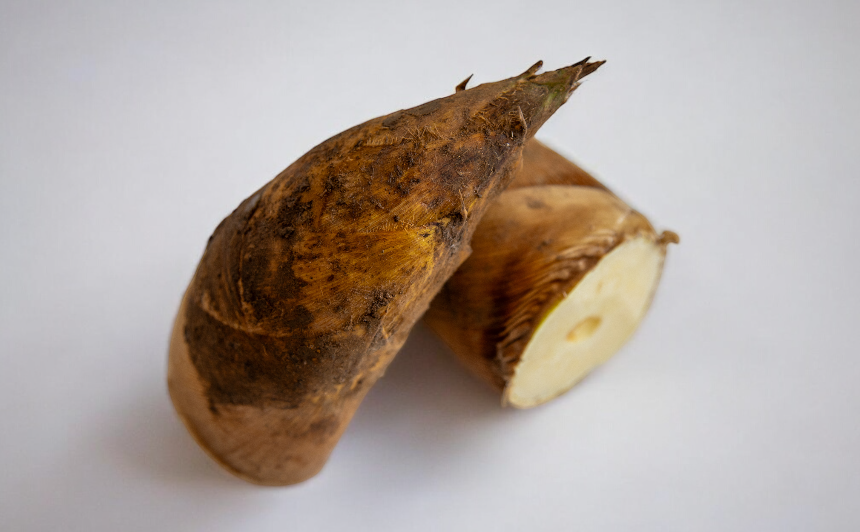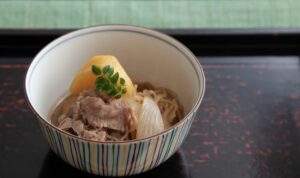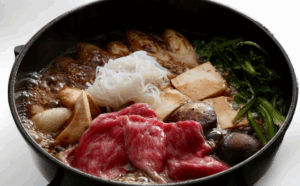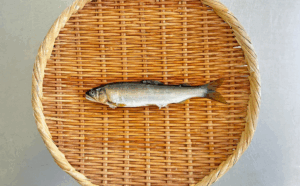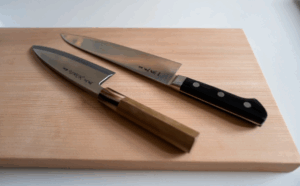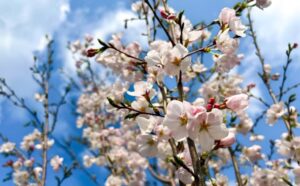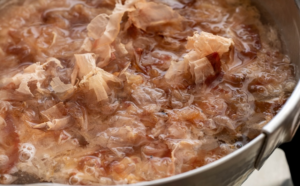When spring arrives, “wakatake-ni” is one dish that comes to mind – a delicious mix of simmered bamboo shoots and wakame seaweed. The dish packs plenty of aroma from bamboo shoots to enjoy.
“Takenoko,” a Japanese term for bamboo shoots, are the edible young sprouts from bamboo plants. They come out of the ground in the spring and are harvested before they grow into tall, woody bamboo stalks you might be familiar with. Bamboo shoots have a tender texture and a unique, slightly sweet flavor. In Japan, you can find them in a variety of menus, like simmered dishes, cooked rice, soups, etc.
Different types of bamboo come in different flavors and textures, which makes them an interesting topic to talk about. This time, we’ll explore the world of bamboo shoots, a true flavor of spring!
Bamboo Shoots Types
In Japan, the most popular bamboo shoot type is called “moso-chiku,” from the Phyllostachys genus. You can also find other varieties like “madake,” “hachimoku,” and “nemagari-dake.” Even within the same species, the flavor can vary a lot depending on where they are grown and how they are cultivated.
Moso bamboo shoots are harvested right when they just start to come out of the ground, while “hachimoku” and others are picked after growing to a certain length. Hachimoku bamboo shoots are less bitter than moso bamboo, so you can simply boil them in water and they still come out tasting great.
The great thing about ”hachimoku” is its flavor, fragrance, and texture. Moso bamboo shoots, on the other hand, have a bit of a strong taste, so the key to making them tasty is to parboil them well and get rid of that harshness.
You can tell the quality of a bamboo shoot right from the prep stage. Before you boil it, just slice off the tip with a knife. If it’s a good one, the knife will slide right in. For the tougher one, you need some force to cut it. It’s really nice to feel the knife glide through a bamboo shoot, because you already know how great it will taste even before you start cooking!
Bamboo Shoots by Region and Season
Bamboo shoots start popping up in the colder months, around December, in areas like Kagoshima. They slowly make their way up north, and by March and April, you can find them in Kyoto. By May, they come out in the area around Tokyo, and by mid-May, they are in Ishikawa Prefecture.
By this time, we start to think that the season for “moso-chiku” is almost over.
These days, looks like the northern limit of moso-chiku is extending to Hokkaido, which might be the effects of global warming. In the future, it’s possible to see Hokkaido moso-chiku in stores, too!
In Tohoku and Hokkaido, they’ve got the popular nemagari-dake, a thinner type of bamboo shoot.
Harvesting Bamboo Shoots: Warning and Tips
Maybe you’ve heard stories of people running into bears while picking bamboo shoots.
Once, I went to Nozawa Onsen to harvest “nemagari-dake,” and yes, it’s easy to lose track of your surroundings. While walking through a bamboo grove, you might not even notice if someone else is around.
That’s why bear encounters could happen sometimes. When you’re planning to go bamboo shoot harvesting, it’s a smart idea to remember “safety in numbers” – going with others and talking loudly. That way, the bears should be scared off or shooed away!
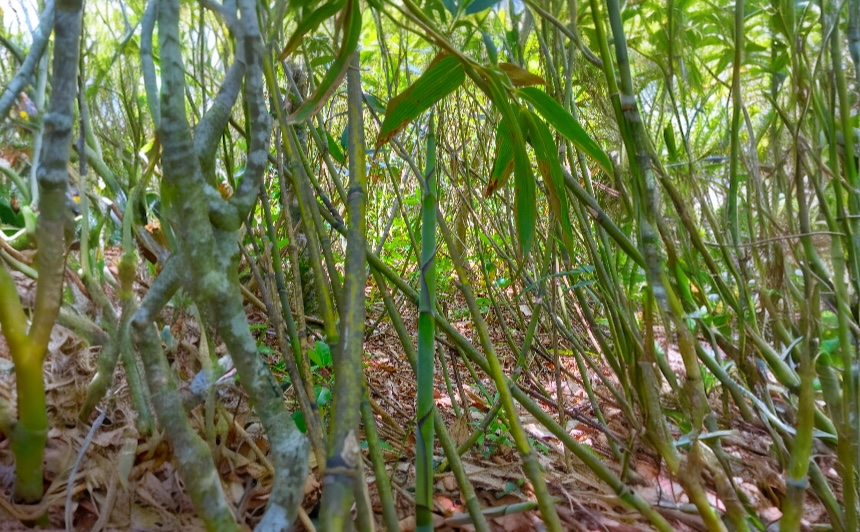
Bamboo in Japan: A Familiar Presence
Bamboo has been a big part of life in Japan for centuries. In the “Kojiki” (Japan’s oldest chronicle from the 8th century), there’s even a story about how a stick thrown into the air turned into bamboo.
The first story ever written in Japan is called “Taketori Monogatari” (The Tale of the Bamboo Cutter), and you’ve guessed it – this features bamboo.
You can also find bamboo used in many traditional items, like tea whisks (“chasen”) and tea scoops (“chashaku”).
Plus, did you know even Thomas Edison has got to do with bamboo? The famous light bulb inventor used Kyoto bamboo for the filament! He figured bamboo made the light last longer, and sent people all the way to Japan to find the best bamboo for his groundbreaking inventions.
My Go-to Kitchen Tool, Made from Bamboo
We’re sidetracking from cooking, but I want to share a bit more about bamboo products.
One of my kitchen go-tos is called “me-zaru,” which is a bamboo strainer. A “me-zaru” is coarser and deeper, so it fits very nicely in a pot. You can place it right into boiling water to blanch or steam food like potatoes. What makes a me-zaru great is that its bamboo material keeps it from getting too hot to touch, unlike a metal strainers, making it super handy during cooking.
These days, the me-zaru supply is kind of scarce, so if you ever come across a good one, you should go grab it!
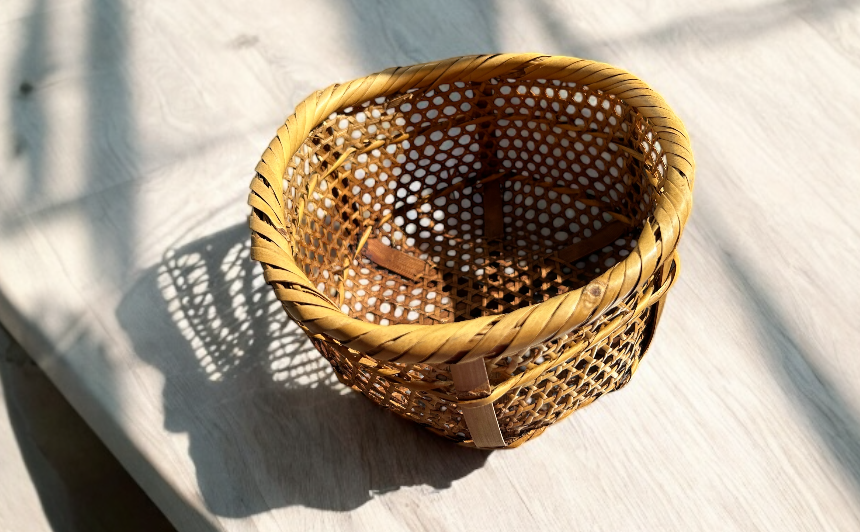
This article started with a discussion of bamboo shoots in Japan, but I ended up writing about bamboo kitchen products.
If I’ve got another chance, I sure will write about how to cook bamboo shoots!

